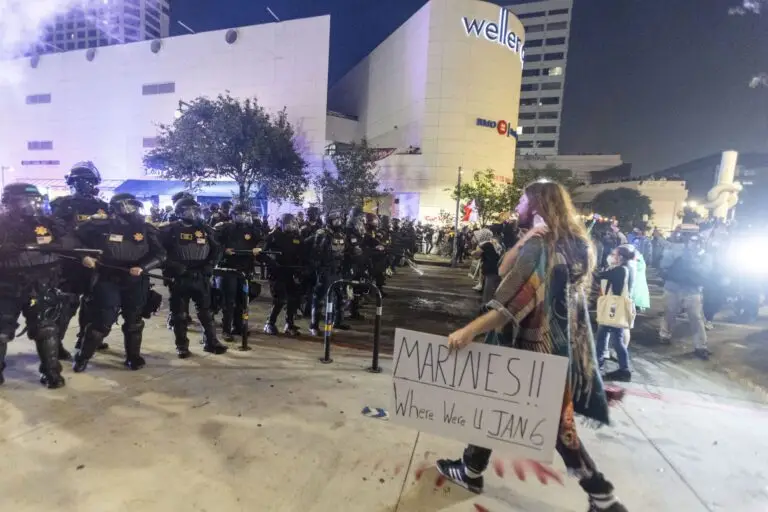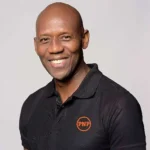LOS ANGELES — What began six nights ago as a candle-lit vigil outside a downtown detention center has morphed into the largest wave of civil disobedience the United States has seen in a generation. From Seattle’s wet streets to Miami’s humid boulevards, demonstrators are railing against President Donald Trump’s accelerated deportation dragnet—and the commander-in-chief is striking back with hardware normally reserved for overseas battlefields.
Marines on Main Street
At first light on Wednesday, columns of Marines—helmets on, rifles slung—took up posts around Los Angeles City Hall. Their arrival follows a presidential order that stacked 4,000 National Guard troops with an additional 700 active-duty Marines, overriding California Governor Gavin Newsom’s objections. By dawn, 25 protestors had been hauled off for curfew violations. Storefronts stood barricaded behind plywood shields, while armored vehicles idled beside taco stands and coffee shops.
From Curbs to Capitols
The unrest is not confined to California. Marches snaked through Manhattan’s avenues and Chicago’s Loop on Tuesday night, and Texas Governor Greg Abbott has activated his own Guard units ahead of a planned rally in San Antonio. Organizers of a sprawling “No Kings” campaign promise simultaneous demonstrations in more than 60 cities this Saturday—the same day Trump turns 79 beneath a made-for-television military parade in Washington, D.C.
The Political Calculus
Trump, who branded last year’s election a referendum on the “migrant invasion,” now frames the protests as proof that “mob rule” must be crushed. White House Press Secretary Karoline Leavitt echoed the line, insisting the president “will not allow street vetoes of federal law.” Critics counter that the administration is manufacturing chaos to energize its base. In a scathing televised statement, Newsom accused Trump of “lighting constitutional fire just to watch the glow on cable news.”
Constitutional Tripwires
Presidents have dispatched federal forces before—Eisenhower to Little Rock in 1957, Bush Sr. to Los Angeles in 1992—but rarely over a governor’s explicit resistance. Legal scholars warn that Trump’s decision to plant combat troops on domestic soil without state consent could trigger a showdown at the Supreme Court. Trump seems unbothered; on social media he claimed that without the Marines “LA would already look like Fallujah,” offering no evidence beyond cellphone footage of torched self-driving cabs.
Human Stakes
While the administration spotlights arrests of gang members and felons, immigration lawyers report a different pattern: dishwashers seized outside diners, gardeners pulled from pickup trucks, parents separated from children on their way to school. “It’s a sledgehammer approach,” said Brookhaven, Georgia protestor Brendon Terra, who carried an American flag stitched to a Mexican one. “They say ‘criminal aliens’; what I see are my neighbors.”
Saturday’s Flashpoint
All eyes now pivot to the capital. Saturday’s parade—originally billed as a tribute to the Army’s 250th birthday—will roll tanks down Pennsylvania Avenue under the gaze of international media and, inevitably, protest banners. Trump has already warned that demonstrators will meet “very heavy force.” Civil-rights groups are lawyering up; hotels are at capacity; and Washington’s Metro Police are bracing for the kind of confrontation that can make or break political careers—and, perhaps, constitutional precedent.
Whether the president’s muscle-first strategy quells dissent or fuels a broader backlash will unfold in the coming days. For now, America’s summer of unrest has only just begun, and the nation’s streets—not its courts—are setting the tempo.






